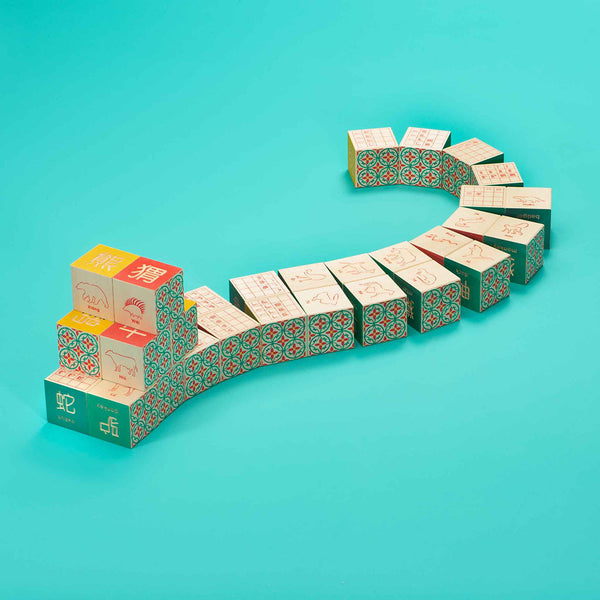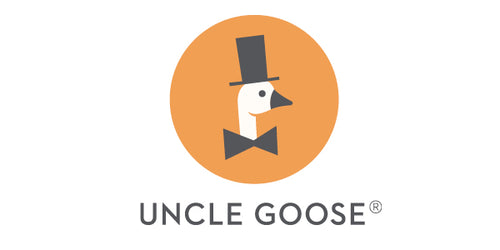
3 Factors For Designing an Indoor Play Space
Blocks are an indoor toy. This makes blocks great for defeating the cabin fever that can often come with winter. Or pandemics.
But where, exactly, do you play with blocks when you’re at home? And where do you store them when you’re finished playing?
Here are 3 factors to consider as you design a learning space for indoor block play:
1. Set boundaries. You’ll want to look for a spot that has enough room to build many types of structures. Some of the amazing things children build may be long like a snake - while others will be tall like a giraffe. Children might also want to build sprawling villages or stack blocks into towers. Make sure you have enough room to accommodate all kinds of structures.

2. Avoid traffic. Where do people and pets tend to walk or romp as they navigate your house? Where do they eat? Try to avoid those places. Rather, find a place that doesn’t have a lot of foot traffic. A table might work well, as might a quiet corner of a room. An area that has less traffic means that people and pets will be less likely to trip or knock over a child’s creations.
3. Go flat. It’s best to build and play with blocks on a flat surface like a table or floor. Carpeting can reduce the sound of falling blocks, but a high carpet pile can make the structures you build unstable. A carpet with a low pile is a great solution for playing on the floor while muffling some block play noises.

Remember to put the blocks away after use. Taking care of toys helps children improve organization and grouping skills. Make putting toys away part of every play activity.
As children put their blocks away, you may prefer a toy box. That’s a great solution. Toy boxes reduce clutter. They also teach children how to group similar items together.
Before putting the blocks out of sight in a toy box, consider putting them in a rugged bag. Or you can stack and order the blocks in a sturdy box, as well.
If you don’t want to use a toy box, that’s fine, too. Since Uncle Goose toys are so pretty, many people prefer to display them as part of their room decor.
If that’s you: consider putting the toys on a low shelf. You don’t want to place blocks so high that they can fall down and hit you on the head.
Our number one storage and display solution by far is our wagons. Customers like wagons because they not only look great during storage, they’re fun playtime toys.
And of course, many Uncle Goose block sets come with storage trays, too. This makes it easier to display full sets when you’re not playing with them.
Give some thought to your ideal block play and storage area. Where do you play with your Uncle Goose blocks? And where do you store them when you’re not playing with them?



